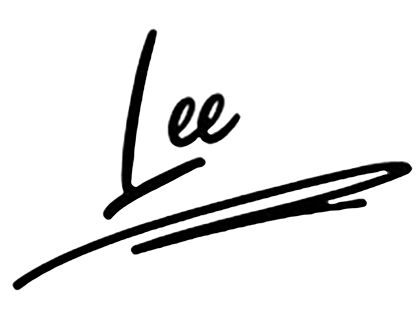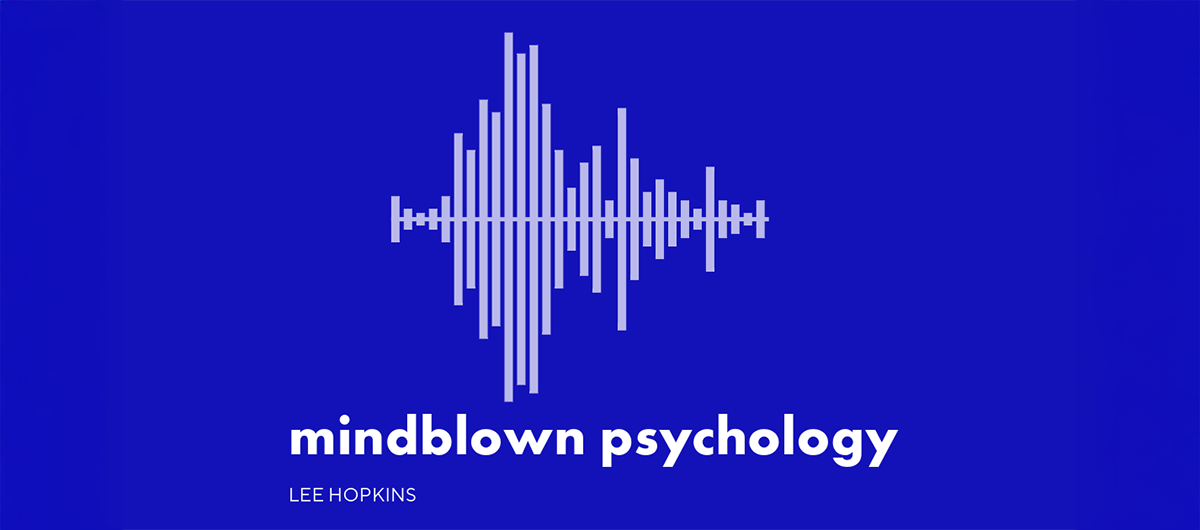Welcome to the mindblown psychology podcast. I’m Lee Hopkins, and today I want to talk about navigating employee churn in the age of artificial intelligence, and provide you with a comprehensive strategy to retain the ones you want to retain.
In an era of unprecedented technological transformation, organisations are facing a critical challenge: retaining talent while embracing artificial intelligence. The landscape of work is shifting dramatically, and employees are navigating unprecedented uncertainty. Understanding and addressing their needs becomes paramount to maintaining a stable, motivated workforce.
The integration of artificial intelligence into workplace ecosystems is not just a technological shift—it’s a profound human experience. Employees are simultaneously excited and anxious about technological advancements that could fundamentally alter their professional trajectories. This psychological tension creates a delicate environment where retention strategies must be nuanced, empathetic, and forward-thinking.
One of the most powerful tools in modern employee retention is AI-powered predictive analytics. Imagine having a sophisticated early warning system that can identify potential flight risks before they become critical. By analysing complex datasets—including performance metrics, engagement surveys, and subtle sentiment indicators—organisations can now anticipate employee dissatisfaction with remarkable precision.
These predictive models go beyond traditional HR metrics. They can detect nuanced patterns like decreased collaboration, reduced communication frequency, or subtle changes in project engagement that might signal an employee’s growing disengagement. This allows leadership to intervene proactively, addressing concerns before they escalate to resignation.
Gone are the days of one-size-fits-all career development. AI enables hyper-personalised professional growth pathways that align individual strengths with organisational needs. By leveraging machine learning algorithms, companies can create dynamic career maps that adapt in real-time to an employee’s evolving skills, interests, and organisational requirements.
Consider an employee in marketing whose AI-enhanced profile reveals a latent talent for data analysis. Instead of remaining in a potentially static role, the organisation can proactively offer targeted training, mentorship, and lateral movement opportunities that keep the individual challenged and engaged.
Employee retention in the AI age requires a holistic approach to well-being. Mental health support is no longer a luxury—it’s a strategic imperative. AI-powered mental health platforms can provide immediate, confidential support, offering resources tailored to individual stress profiles and communication preferences.
Flexible work arrangements have similarly transformed from a perk to an expectation. Hybrid models that blend remote and in-office experiences, powered by sophisticated collaboration technologies, demonstrate an organisation’s commitment to employee autonomy and work-life integration.
Traditional annual performance reviews are becoming obsolete. AI enables continuous, granular recognition that validates employee contributions instantaneously. Imagine a system that not only tracks project milestones but understands and communicates the nuanced value of individual and team achievements.
These real-time recognition mechanisms serve a deeper psychological need—they make employees feel genuinely seen and valued, transcending transactional employment relationships.
Successfully reducing employee churn isn’t about replacing humans with AI—it’s about creating a symbiotic ecosystem where technology amplifies human potential. This requires a cultural shift toward continuous learning, adaptability, and mutual growth.
Leadership must model this approach, demonstrating openness to technological integration while maintaining a deeply human-centric perspective. Training programs should focus not just on technical skills but on developing adaptive capabilities that thrive amid constant change.
To successfully navigate employee retention in the AI era, organisations must:
1. Invest in predictive analytics for early intervention
2. Create personalised career development frameworks
3. Prioritise holistic mental health support
4. Implement flexible, technology-enabled work models
5. Develop continuous, meaningful recognition systems
6. Foster a culture of learning and adaptability
Conclusion: The human at the centre
As we stand at the intersection of technological innovation and human potential, the organisations that will succeed are those who see AI not as a replacement for human talent, but as a powerful amplifier of human capabilities.
By approaching employee retention with empathy, strategic foresight, and technological sophistication, we can create workplaces that are not just productive, but profoundly human.
Well, there we are. How to navigate employee churn in the age of artificial intelligence. If this episode triggers any thoughts, please leave a comment on the podcast’s page, or drop me a line: [email protected]. And if you found this podcast helpful, please leave a review on the podcast page.
You can listen to this podcast on the Apple Podcast platform. I don’t publish on Spotify for ethical reasons.
Until next time, I wish you well in managing your business’s employee turnover, and have a great week.
Bye


